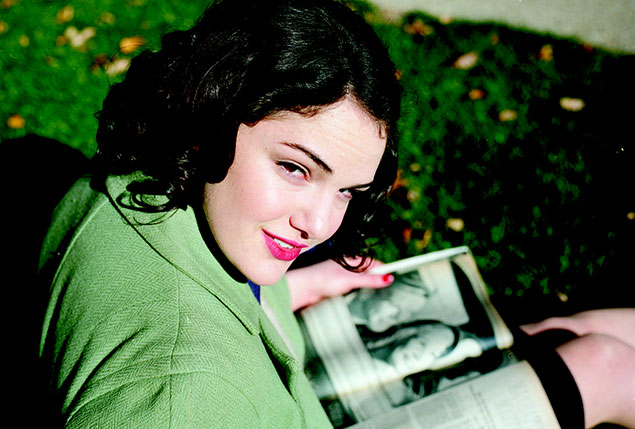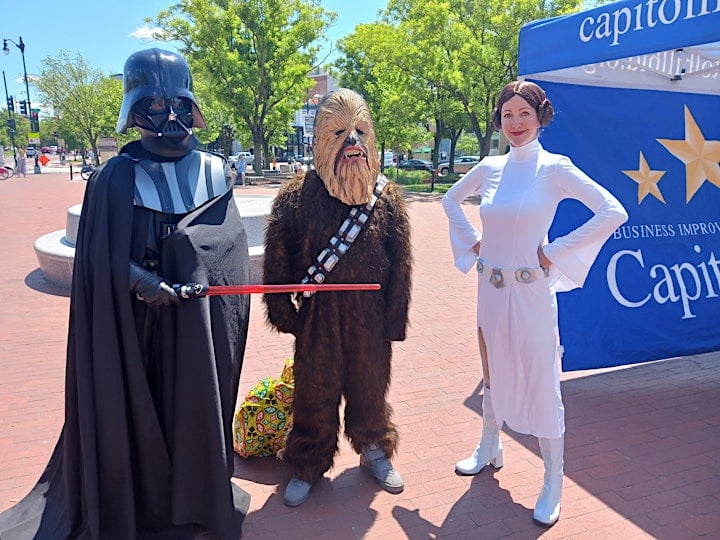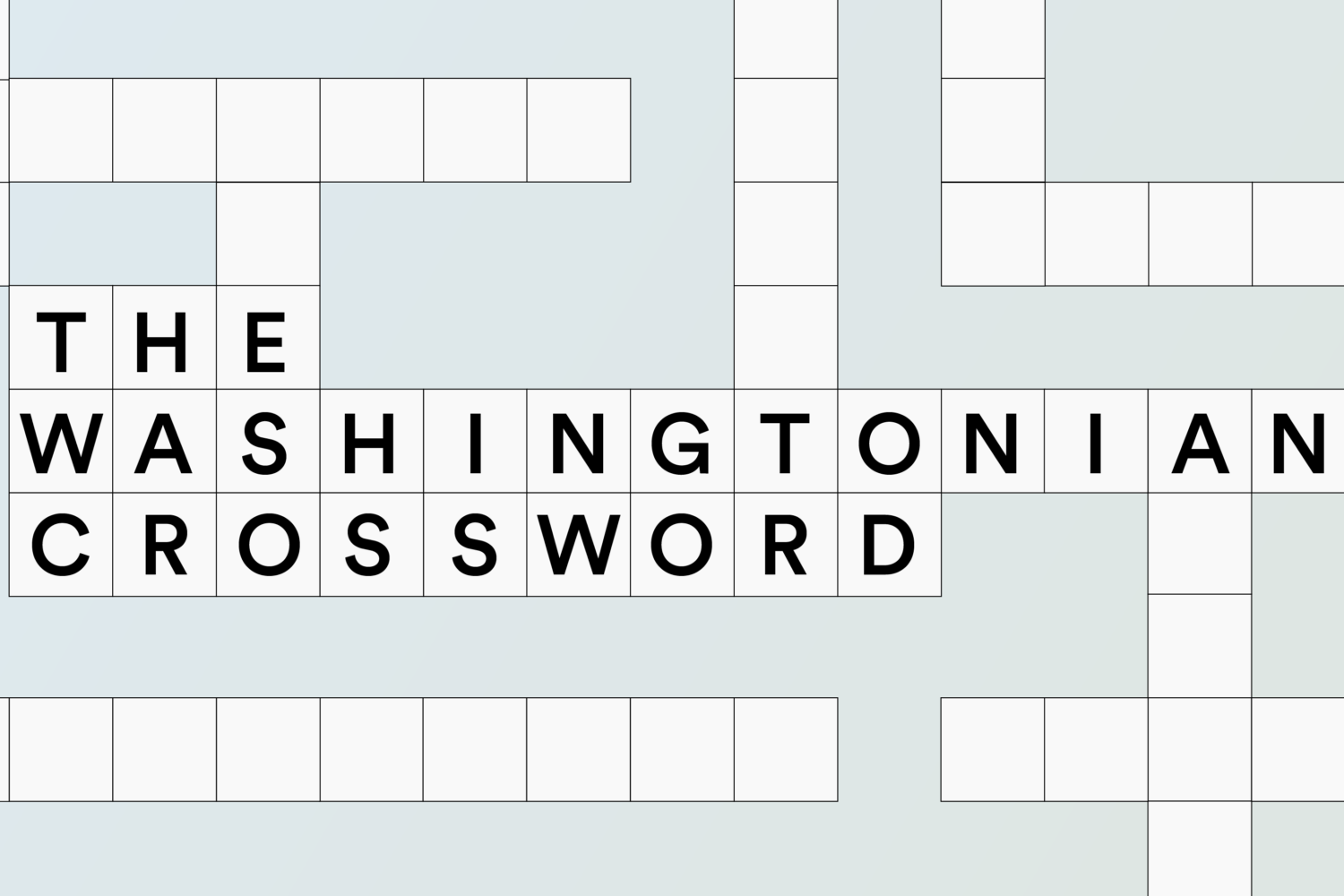Teenage is a different kind of documentary. It’s not an “issue” picture, trying to explain,
investigate, or solve some big controversy. There are no talking heads and no narration
by the filmmakers. It isn’t the story of a single person or event. So what exactly
is it?
On its surface the film tells the story of the “teenager,” examining the role young
people have played in culture, politics, and historical affairs since the advent of
the term. Based on the
Jon Savage book of the same name, it begins at the turn of the 20th century with the first child
labor laws in the US, which freed young people to discover themselves. And so, adolescence
was born.
From that launching point, the documentary weaves the tales of four representative
teenagers from the first half of the century: the hard-partying Brit who became a
cautionary tale, a Hitler Youth member manipulated by a dictator, a rebellious German
captivated by overseas music and culture, and a black Boy Scout trying to find his
place. They were some of the first true teenagers, and their stories of facing teenage
problems are depicted through archival footage and diary readings.
But, the most important facet to the documentary is the mood it creates. Its soundtrack,
by
Bradford Cox of the indie band Deerhunter, is ethereal and spacey. Informative subtitles don’t
pop-up onscreen to explain where a certain piece of footage is from or even who is
speaking—the images simply come and go for viewers to make sense of themselves. It
all serves to give the film an ambient, dreamlike quality.
The filmmaker,
Matt Wolf, has done several short and full-length documentaries, including
Wild Combination, about an avant-garde cellist and
I Remember, about artist Joe Brainard. He imbues
Teenage with the same rebelliousness as its subject matter, rejecting the familiar tenets
of what a documentary can or should be. He hurtles through decades with minimal context
or explanation, depicting the role of youth from World War I to the jazz era to the
Great Depression and beyond. He holds the viewer’s hand for none of it.
In most cases, the approach succeeds. The documentary’s themes are so universal, and
some of the images so powerful, that they’re best left for the viewers to silently
contemplate for themselves. When the camera lingers on a shell-shocked World War I
soldier as he twitches sporadically while gazing into the distance with haunted eyes,
we don’t need a talking head in the next scene to explain the impact of war on the
young.
Ultimately, your opinion on
Teenage will depend most on how far you’re willing to stretch the definition of a documentary.
The film isn’t typical documentary festival fare, and, at times, it seems less interested
in informing you than it is in evoking a feeling in you—not a book, but a song. It
is experimental and freeing, exactly what a film about youth should be.
Playing June 20, 1:15 PM at the National Museum of American History, and June 22,
5:15 PM at the AFI Silver Theatre and Cultural Center.



















